Shocked!
Confession: Chester wears a zap collar. (Chester is my very sweet 2-year-old Labradoodle.)
Before you judge me for zapping my dog, know that until recently I, too, had lots of feelings and judgment about those electronic collars.
Inhumane! Torture! What kind of dog owner ZAPS their dog?!??? If you knew how to properly train your dog you wouldn't need to resort to such cruelty!
(I was 100% that judgmental.)
I grew up with dogs and have owned and trained many throughout my adult life. I never imagined I would venture into the world of zap collars. But last summer I found myself exactly there, under the guidance of a kind and knowledgeable trainer.
Here's what led me down that path:
I started to notice something unusual in the off-leash area of Boston Common: dogs racing around chasing each other with wild abandon, and then — on a dime — coming right back to their owners when called. No yelling, cajoling, threatening, bribing, or other drama. (This was the unusual part.)
Their secret? Electronic collars.
By all appearances the owners were perfectly lovely, not abusive, not outwardly cruel people. And yet they used these collars on their dogs.
So I got curious.
It turns out that the collars are adjustable, and when set correctly there's no pain. It's more like a weird tingly sensation, and for just a brief second. (Chester's collar is set at 7 — out of 100. Tested on my inner arm, I literally couldn't feel it.)
For such a tiny tingle, it has been a game changer. Chester LOVES the collar (more on that later.) We do, too.
So what does it do?
The collar interrupts Chester's default brain response, for a brief but important instant. And that tiny interruption allows him to choose his next action. “Squirrel!!!!” becomes, “squirrel – [tingle] – oh, yes I know what to do! I'm running back to my owner who is calling me.”
The collar makes it easy for Chester to succeed.
And I'm pretty sure this is why he loves it. That well-timed interruption is what he needs to make a different choice, a choice which then leads to celebration, treats, and lots of praise. Success!
You know where I'm going with this, right?
My partner/child/colleague needs a zap collar. 😂
Possibly! But here's what I wonder:
What's YOUR zap collar? What is the tiny but powerful interruptor between stimulus and response that allows you to choose your next step, to cut through the brain static, to succeed rather than get stuck in your default (squirrel!!!) mode?
Don't have one? Here are some of my favorite “zaps”:
Wait 24 hours before accepting (or declining) a request or invitation
Take one slow breath before responding to a comment
Sleep on a delicate email before sending it
Pause → Notice my feelings → Label my feelings → Choose my next step
Get up from my desk and take a short walk when feeling frustrated or stuck
Stop → Challenge my thinking → Choose my next step
Ask myself “what is the story I'm telling here?”
Ask myself “Is it true? Can I be 100% certain it is true?”
Look out the window for 2 minutes and allow my vision to extend to the horizon
Stop → Take a deep breath → Observe my feelings/thoughts → Proceed (also known as the STOP method)
And there are plenty more.
Viktor Frankl wrote, “Between stimulus and response there is a space. In that space is our power to choose our response. In our response lies our growth and our freedom.”
INVITATION TO REFLECT: Chester has a zap collar to help him choose his response. What do you have? And do you use it?
ACTION STEP: Choose one tool that you think will help you — your personal “zap." Commit to using it once a day for a week. Notice what, if anything changes.
And let me know what you discover!
PS — Some of the “zaps” I listed above invite us to notice and name our emotions. Harvard Psychologist Susan David created Emotional Granularity Umbrellas as a handy visual aid. Download the PDF here.
